
How HIV helped form the idea of a ‘queer community’ from the eighties to now
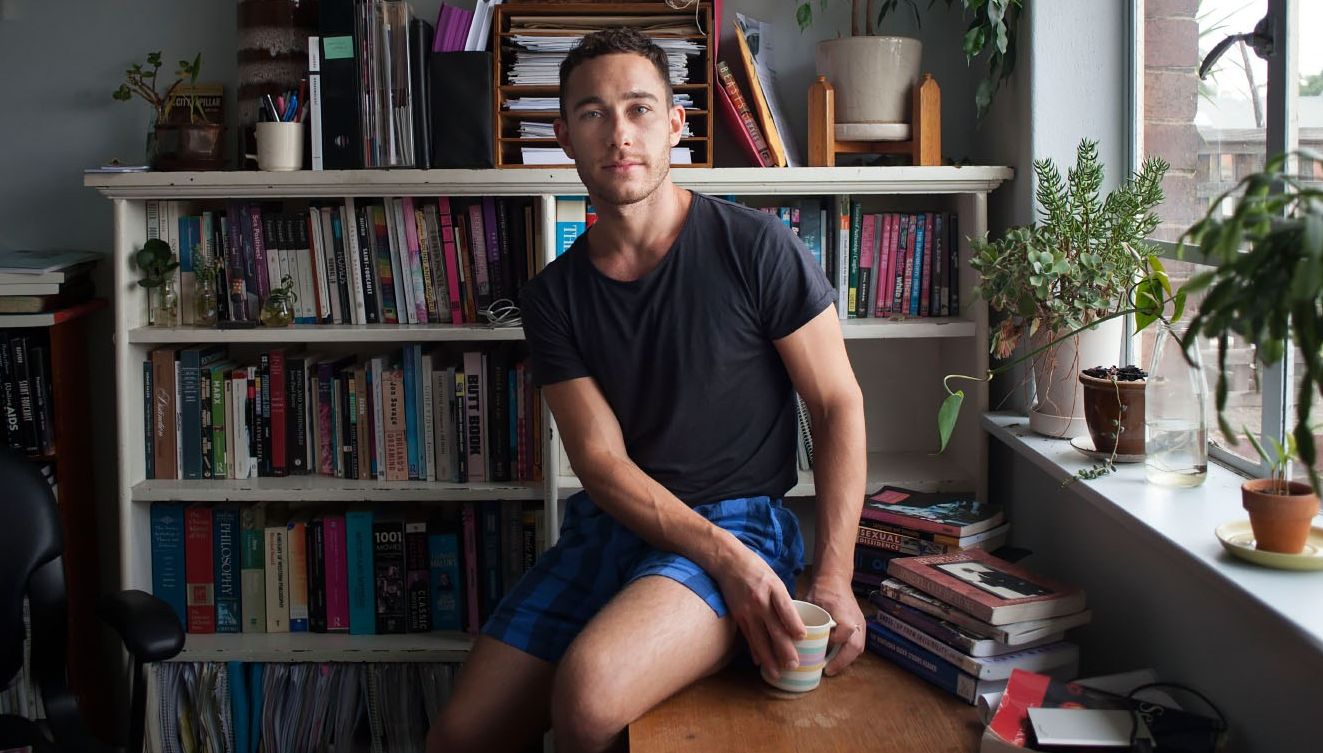
The ways HIV and AIDS have been represented from the crisis to now have varied, something academic and writer Dion Kagan decided to explore in his new book Positive Images: Gay Men and the Culture of ‘Post-Crisis’.
Matthew Wade spoke with him about how HIV has helped form the idea of ‘queer community’ as we know it today.
***
What’s your earliest memory of being exposed to HIV in pop culture?
My memories of HIV start with the notorious shock campaign from the ’80s featuring the Grim Reaper knocking people down like pins in a bowling alley. I was five or six years old, light years away from thinking about sex or grappling with being queer, but I was terrified.
I can still clearly picture my mother sitting at my bedside after I’d woken up from Grim Reaper–nightmares. She was a doctor and a very matter-of-fact person about the body and sexuality, and so to comfort me she explained the ways in which HIV was transmitted.
It’s a pretty formative memory for a lot of Australians. It’s almost camp when you think about it now – the Grim Reapers lined up at the bowling alley, the gloomy PSA voiceover – it hasn’t aged well. But it was utterly chilling at the time, and despite it’s slightly bizarre concept it tapped very potently into the sex-terror that was everywhere in the ether around HIV/AIDS, a disease which at that stage, more than a decade before the advent of antiretrovirals, was still essentially a death sentence.
Adults were probably just as petrified as the kids that caught a glimpse of it, which is why the campaign has been celebrated by some social and health marketers as a successful one, even while others have rightly pointed out that terrifying people in this way likely heightened the experience of stigma for people living with HIV/AIDS – not only at the time, but long afterwards.
What has HIV and its impact meant to you?
It’s hard to describe the scale of the impact HIV has had on the queer community. People have used metaphors like ‘war’ and ‘holocaust’, and of course everything changed dramatically in 1996 when antiretrovirals completely transformed the meaning of an HIV diagnosis. Those developments were miraculous, but not without their own strange implications.
This is partly what I was interested in unpacking in the book: there is tension between these meanings – the spectre of AIDS and the panic of the AIDS crisis from the past conflicting with what living with HIV means today – and that is partly what I wanted to grapple with in Positive Images. Those earlier meanings don’t just go away – they have haunted us in a number of curious ways, ‘infecting’ popular culture in the more recent period of post-crisis.
One thing I’m interested in is the history of HIV, the activism and community organising that it inspired. HIV was quite formative of the meanings of queer community in a political sense, because AIDS activism was so coalitional – it brought all the Ls, Gs, Bs, Ts, Qs, Is (and more) together. It troubled lines of gender, class, and race. One of the things that HIV transmissions showed us, very clearly, and across the globe, was that people’s desires and sexual practices frequently disrupt neat social categories like marriage, monogamy, the family, even ‘heterosexual’ and ‘homosexual’, and the boundaries we like to draw around.
HIV had what is sometimes called a kind of ‘ink dye-effect’, meaning that it exposed the actual complexity – the queerness – of sexuality. And this was partly why it galvanised so many different types of people to join forces and fight in various ways. In this way as well as others, it was really quite formative of the very notion of ‘queer community’ as we understand it today.
Of course, HIV is so monolithic, so global, and the experience of it is so diverse. It’s been with us for almost four decades now, and it’s not reducible to any one meaning. But it’s part of both our history and our present and for me it’s always seemed important to think about what that means, the legacies it has had, and how those earlier moments – of plague, but also of activism – play out today in the way we understand and practice our relationships, our desires and identities.
Is this what motivated you to write a book on changing representations of HIV ‘post-crisis’?
Yeah, I think that that feeling – that HIV was central to who we are, but not always acknowledged as such – was what motivated me to write Positive Images. And in particular, unlike previous epidemics such as syphilis, cholera, and the plague, HIV is an epidemic of the media age – the mass media – and this has completely shaped the way we understand and manage it. Because gay men were one of the first groups associated with AIDS and one of the earlierst and hardest hit, the gay male experience, in particular, I felt, was so affected by the way the history of HIV/AIDS has played out, and I was curious about that, and didn’t feel that the legacies of that had been fully reckoned with.
I should say also that I started working on this project a long time ago – more than ten years ago, in fact – when pop culture was in an even quieter moment on the subject of HIV than it is now. It was a decade into the period of antiretrovirals (the period that I call ‘post-crisis’ in the book), and, unlike the earlier panic period, not much was being said about HIV. The ongoing crisis in many parts of the global south was all but ignored and there was barely a glimmer of HIV stories or narratives in the popular culture of the English-speaking world, with some small exceptions. Some have called this ‘the Second Silence’ (the first was at the very beginning when political leaders like Reagan in the US and Thatcher in the UK refused to even say the word ‘AIDS’ in public – it was the disease that dare not speak its name). That’s when I started working on the project – in the thick of the second silence.
I was in my mid twenties and, as a gay man, I wondered: what has HIV meant for me and for my community? How has that earlier period of media panic – the terrifying time of the Grim Reaper and emaciated bodies dying in hospital beds – impacted on who we are now? There is so much research and writing on the topic of HIV but the story of this 15 years or so directly after the advent of antiretrovirals, this second silence, was yet to be told. I wanted to remedy that by asking: What happened to HIV in those years
More recently we’ve seen something of a change again as pop culture turned back to HIV/AIDS again, and become a bit interested in the AIDS past and the activist past. We’ve seen documentaries like United in Anger and How to Survive a Plague, and films depicting this time, like The Normal Heart and The Dallas Buyers Club. So I had to write a few chapters on that too.
Was there a turning point in terms of how HIV was depicted and perceived in the gay community?
Antiretrovirals changed everything. Originally called ‘HAART’ (Highly Active Antiretroviral Therapies) they were announced at the 1996 International AIDS conference in Vancouver and they were absolutely game changing. Where a positive diagnosis had previously promised almost certain and sometimes precipitate death, now, where there was access to drugs, PLWHIV could live healthy, ‘normal’ lives.
The shift brought about by these life-saving medical interventions was massive, and everything had to change: how we treated HIV, how we prevented it, how we talked about, how we perceived it. At the same time, the very noisy, apocalyptic panic that surrounded the disease in the mainstream media almost completely subsided. HIV moved to the margins, underground, from the public sphere into the private lives of the communities affected by it, and this was not without its own implications.
Is there a depiction of HIV that resonated with you the most while writing this book?
One of the biggest fascinations for me is the notion of generation, and this really started to emerge from the slew of HIV/AIDS and activist history documentaries that have trickled over the last seven or eight years. There are a lot of these – We Were Here, United in Anger, How to Survive a Plague. And then there were narrative re-imaginings of this time – The Normal Heart, our much beloved Holding the Man, recently the brilliant French film about ACT UP, BPM.
Like a number of other artists and writers and queer people in general, watching these films prompted me to reflect more and more about the idea of queer generation, and queer memory, and what it has meant for a community to essentially lose an entire generation. A small handful of people have written very eloquently about this, but again, it’s something we are still grappling with and that I tried to unravel a little in the book. A whole cohort of people, many of them young, were lost from our, swiftly and devastatingly, and in many ways we’ve had to move on, to mourn and honour those people, but to move on nonetheless.
The project that became Positive Images was partly inspired by this question of what it means to be a queer person now, in the wake of that loss, and what my relationship is with both the people that died and those that survived. The notion of ‘generation’ is one that is very much wedded to traditionally heterosexual structures – marriage, reproduction, dynasty – so what does it mean for queer people who might live and relate differently?
What are you hoping readers will take away from Positive Images?
The book spans a fairly large period of time, so it’s got a lot of elements. There’s the history of AIDS in the media, AIDS activisms, the way AIDS media shaped ideas about homosexuality and vice versa. There’s stuff on the gay ’90s, on barebacking and chemsex panics and the way these have echoed the moment of the AIDS crisis in certain ways; there are reflections on AIDS history and our fascinated return to it.
In the early years of the epidemic, a lot more people were thinking and writing about the media of the crisis – looking at how it represented sex, race, nation, health, and disease. Everything from the hate speech of outspoken homophobes to the outing of Rock Hudson, to the earliest safe sex campaigns; from mainstream films like Philadelphia and RENT to more fringe representations in new queer cinema and queer literature.
The proliferation of stories told about this disease have from the very beginning framed the way we understand it, and what we do about it. It has been, in many ways, an epidemic of storytelling. Now that the epidemic is so dramatically transformed, now that this sense of urgency about HIV has dissipated, this kind of work on the popular culture of HIV has diminished. Less people have been doing that work. I wanted to re-activate those conversations for today – to think afresh about what was going on in the pop culture of this new era we are in, after antiretrovirals.
Positive Images: Gay Men and the Culture of ‘Post-Crisis’ is out now.
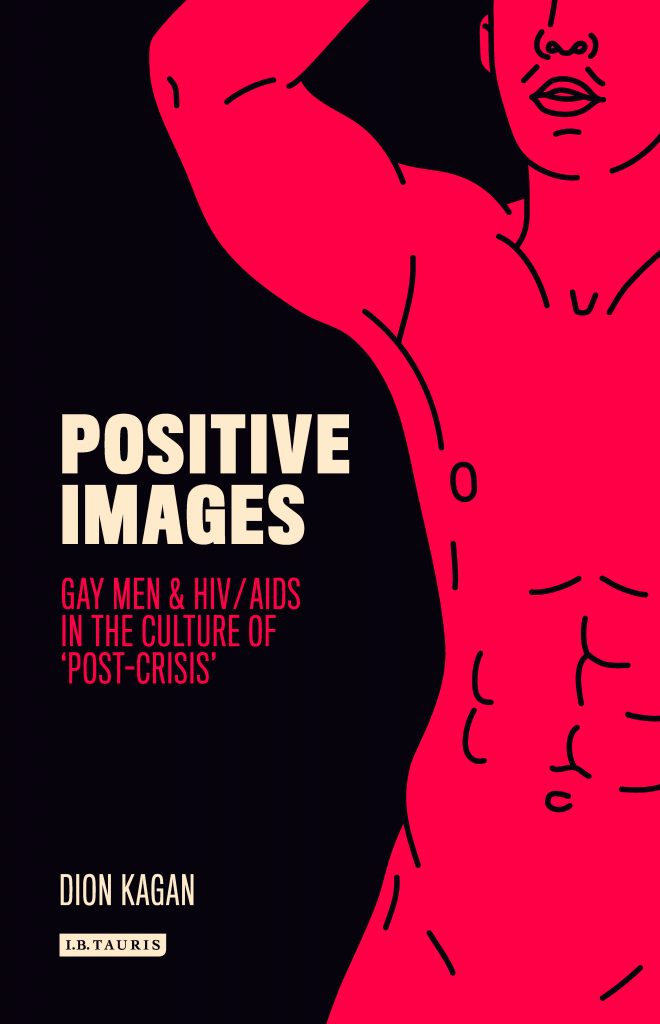



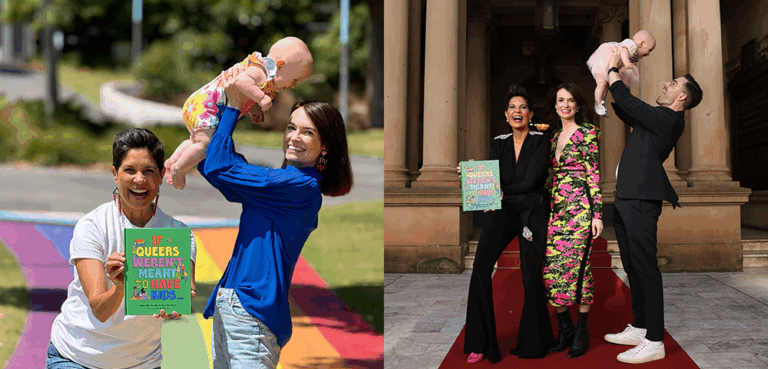



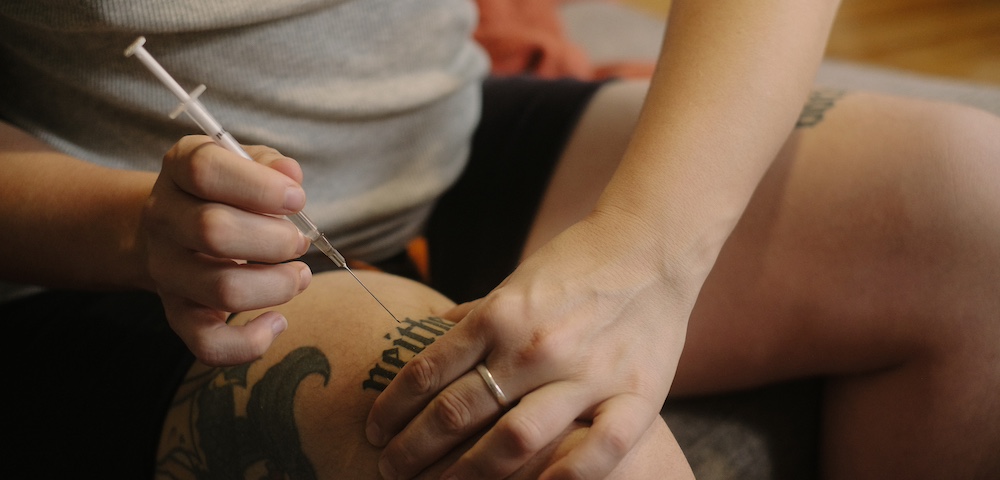

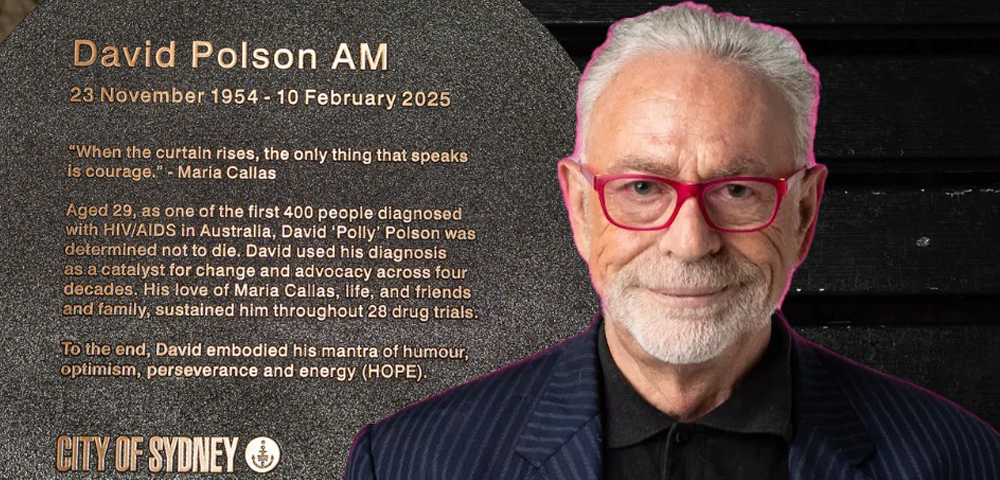
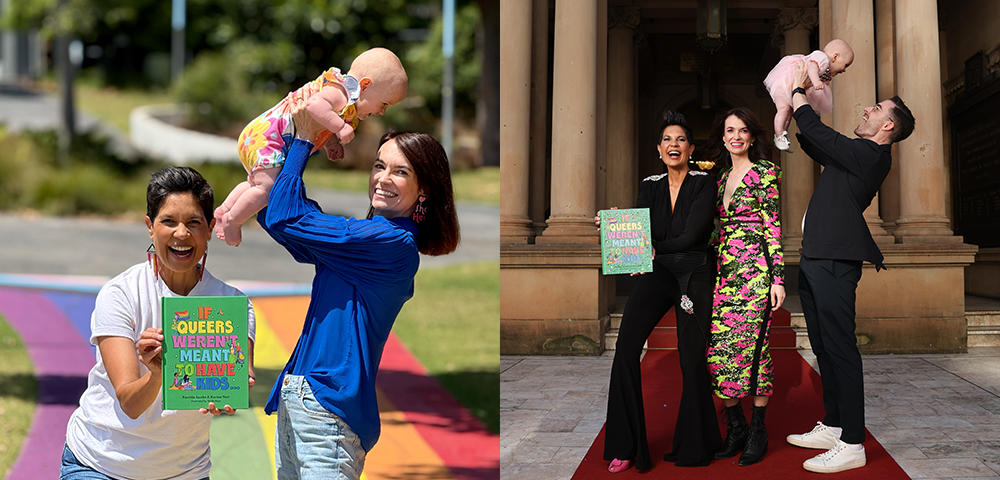
I think we are in an era that is much more than post-crisis. We are in the era of treatment as prevention (TasP) and PrEP, the era of ending HIV transmission. We have the tools in our hands to end the HIV epidemic and our progress is dependent on the effort and resources we are willing to put in. Yet this groundbreaking endeavour that constitutes the core of the Government’s Victorian HIV Strategy is barely mentioned in this news article. What is important now is how the stigma from the past contaminates the presence with unfounded fears that mitigate the success of treatments in ending HIV. Surely we are post-post-crisis. This is not a new event and it is a long history of treatment as prevention that has been ignored (eg the Swiss statement in 2008). The representations of now are more like a decade old.